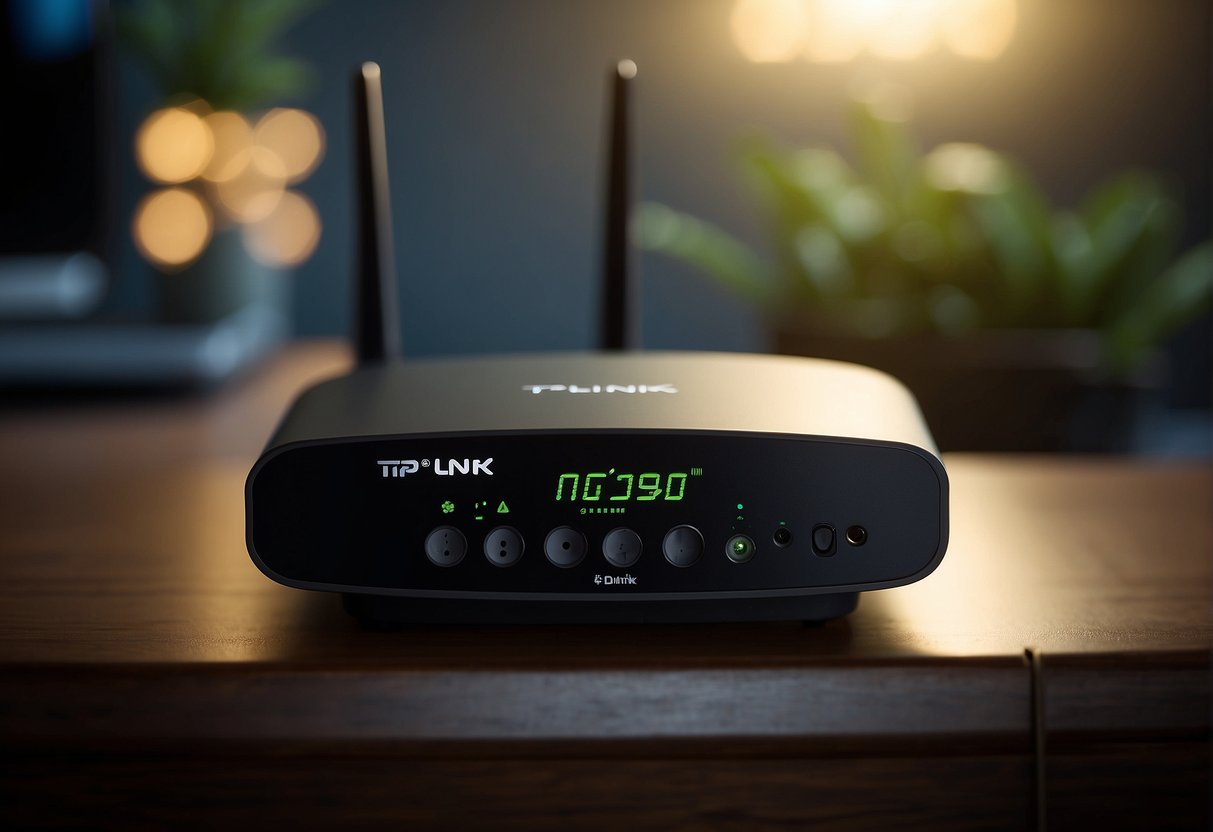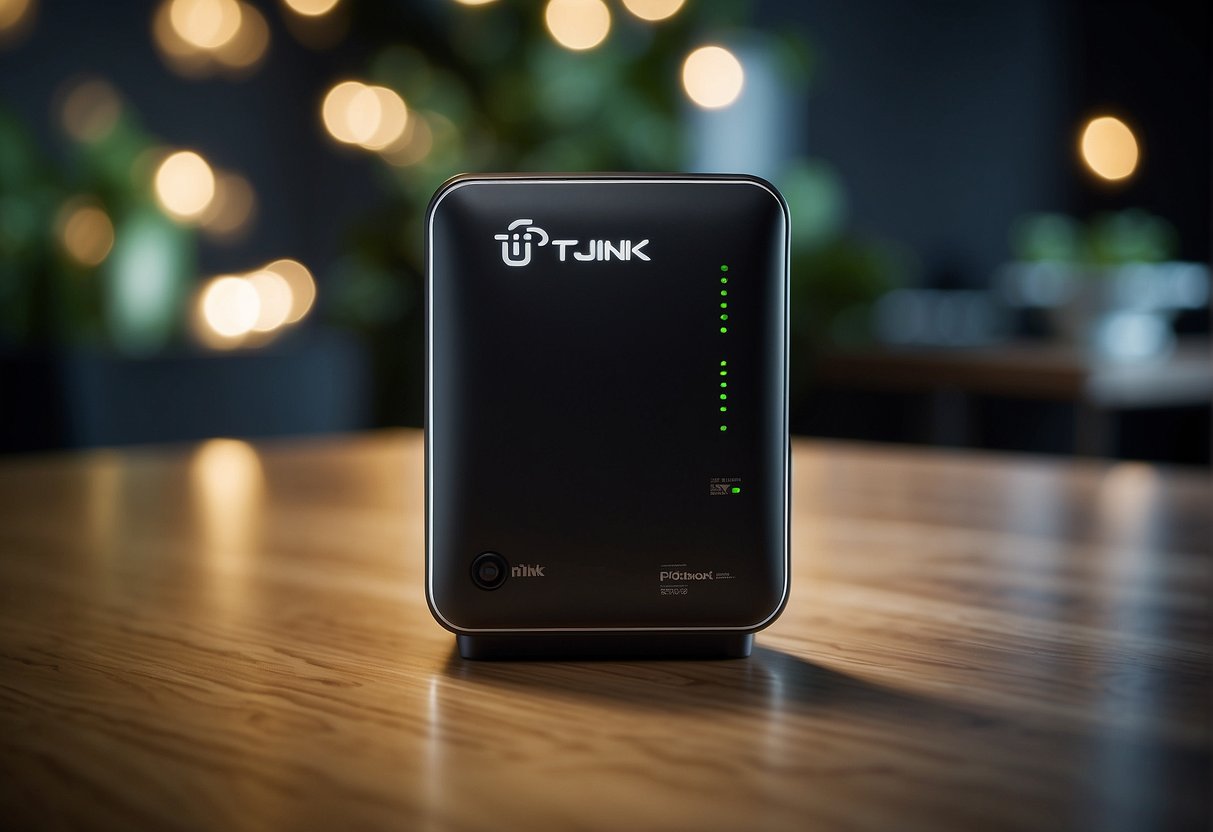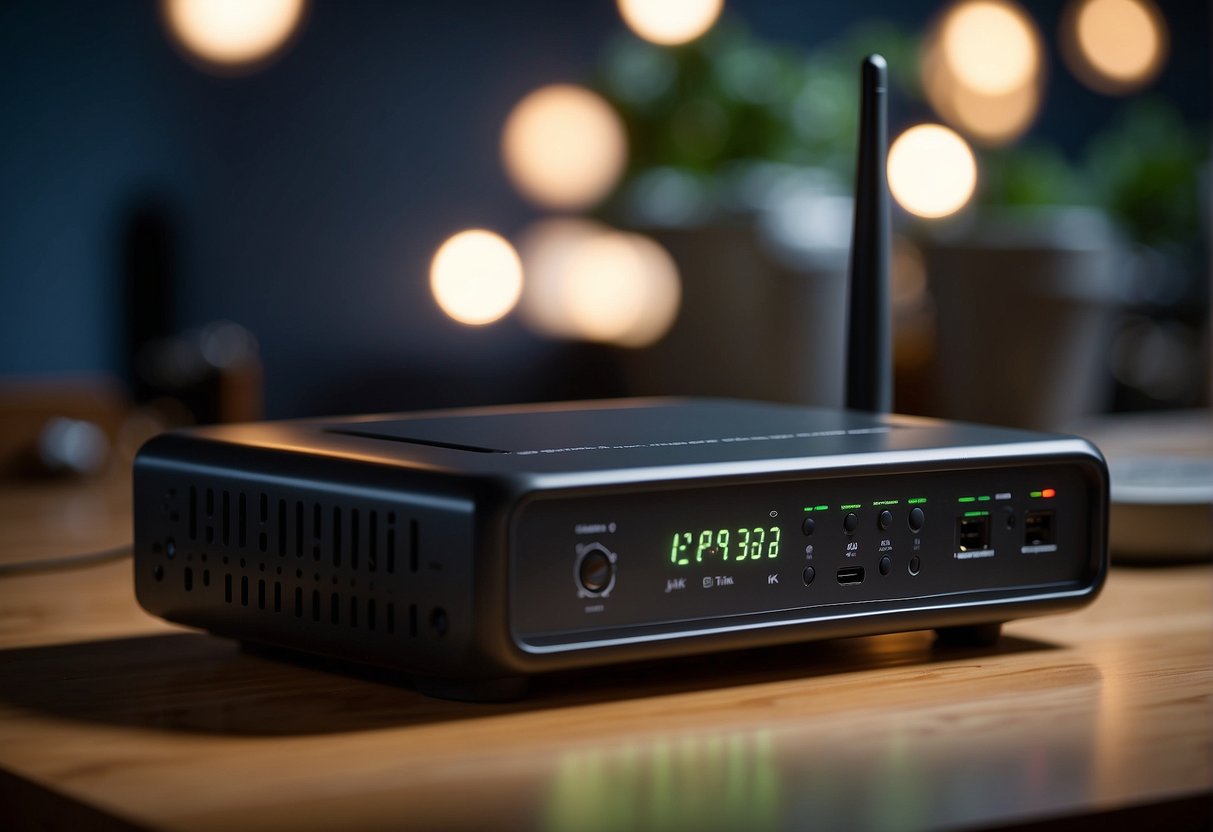When encountering issues with TP-Link routers, a common scenario that users may face is the power light blinking before the device turns off. This behavior can be indicative of various problems ranging from hardware malfunctions to firmware issues. Understanding the reasons behind the blinking can assist in troubleshooting the router effectively.

The power light on a router serves as a basic diagnostic tool, communicating the device’s status through different signals. A blinking light followed by the router shutting down usually points to an internal problem that needs immediate attention. It is essential for users to recognize these signs and understand what they potentially mean to take appropriate action.
One must approach this predicament with a series of systematic checks. This may include ensuring the use of the original power adapter, checking for any recent firmware upgrades or power outages, or performing a hard reset if necessary. Users have reported instances of such power issues, seeking guidance and resolution within TP-Link’s support community. Identifying the right fix entails a basic understanding of the router’s operation and the ability to implement common troubleshooting steps.
Understanding Router LED Signals

Router LED signals provide essential information about the router’s status and any potential issues. This section will concentrate on the behavior of the power light and how to interpret the LED indicators for troubleshooting purposes.
Power Light Behavior
The Power light on a TP-Link router typically remains stable to indicate that the router is powered on and functioning correctly. When the power light blinks, it usually signifies that the router is initializing or rebooting. If users observe that the power LED continuously blinks after turning on, and then it turns off, this implies a potential problem with the router’s hardware or software.
Troubleshooting LED Indicators
When tackling issues related to TP-Link router lights, certain steps can aid in diagnosis:
- Steady/Off: A solid light indicates normal operation, whereas no light suggests a potential power supply issue.
- Blinking: This can indicate booting up, firmware updates, or a reset is in progress.
- Blinking then Off: Should the power light blink before turning off, it could suggest power supply problems, or a firmware issue.
To troubleshoot, users can attempt to reset the router or use an alternative power supply if available. Cases where the troubleshooting LED indicators show recurring problems may require contacting technical support or considering router replacement.
Common Causes of Power Light Issues

The power light issues in TP-Link routers can often be attributed to interruptions in power supply, firmware complications, or hardware failures. Each category represents a multitude of potential problems that could disrupt normal router operations.
Power Supply Problems
Inconsistent Power Source: Occasions where the power LED keeps blinking or turns off could be a signal that the router’s power source is unstable or inadequate. An alternative 12V/2A power supply might resolve such issues if the current supply is faulty or mismatched.
Connection Loose or Damaged: The physical connection to the power socket must be secure. A loose or damaged power cable can intermittently disconnect, causing the power LED to blink or the router to lose power abruptly.
Firmware Issues
Corrupted Firmware Update: If a TP-Link router undergoes an incomplete or corrupted firmware update, this could cause the power LED to blink. The firmware controls how the router operates, and any issues here can manifest as power light malfunctions.
Outdated Firmware Version: Running on an outdated firmware version might lead to compatibility issues, which can affect the performance and reliability of the router, including the functioning of the power light.
Hardware Malfunctions
Internal Component Failure: Internal components can fail over time or due to overheating, physical damage, or manufacturing defects. When critical components fail, it may cause the power light to blink continuously or turn off.
Overheating: Routers that overheat may shut down to protect their internal components. If the device becomes too warm, it may lead to a blinking power light, followed by a power-off to avoid permanent damage.
Initial Troubleshooting Steps
When facing an issue where a TP-Link router’s power light blinks then turns off, it is critical to perform a series of troubleshooting steps. These focused actions are designed to isolate and identify the root cause of the problem.
Verify Power Source
Ensure the router is connected to a stable and reliable power source. Intermittent or fluctuating power can cause the device to behave unpredictably. Users should attempt to connect the router to a different electrical outlet to rule out any issues with the primary power source.
Inspect Power Adapter
Examine the router’s power adapter for any signs of damage or wear. If the adapter is faulty, it can result in insufficient power delivery to the router causing the power light to blink before turning off. One can try using a different power adapter with the same specifications as a process of elimination.
Check for Overheating
Routers can overheat due to extended usage or poor ventilation. Touch the router’s case to feel for excessive heat. If it feels unusually hot, turning the device off for a period and ensuring it is placed in a cool, well-ventilated area can prevent the power light from malfunctioning due to overheating.
Advanced Troubleshooting Techniques
When a TP-Link router’s power light is blinking and then turns off, it often indicates hardware failure or firmware corruption. Advanced troubleshooting can address these issues, potentially reviving the router.
Factory Reset Procedures
A factory reset can resolve persistent power cycle issues. To execute a factory reset:
- Locate the Reset button on the device.
- With the router powered on, press and hold the Reset button.
- Hold for 10 seconds or until the power light starts flashing, then release.
Firmware Recovery
Unresponsive routers may require firmware recovery. This involves:
- Downloading the latest firmware from the TP-Link website.
- Entering the router’s recovery mode. (Varies by model; typically involves holding the reset button during power-up until the power LED blinks differently.)
- Using a computer to upload the firmware to the router via a browser or TFTP client.
Contacting Support
If issues persist, directly contacting TP-Link Support is recommended.
- Provide them with the router’s model number and hardware version.
- Explain the specific LED behavior observed.
- Follow their step-by-step guidance for further troubleshooting.
Preventive Measures and Best Practices
To maintain the optimal performance of a TP-Link router and prevent issues like the power light blinking and then turning off, it’s crucial to follow certain preventive measures and best practices. This ensures the router functions smoothly and mitigates the risk of hardware failure.
Regular Firmware Updates
- Check Updates Regularly: The manufacturer occasionally releases firmware updates that fix bugs, improve performance, and add new features. Keeping the firmware up-to-date is essential, as outdated firmware can lead to stability issues.
- Install Updates Promptly: When an update is available, ensure to install it promptly to benefit from the latest security patches and performance improvements.
Adequate Ventilation
- Router Positioning: Place the router in an open space with good air circulation to avoid overheating, which can cause the power light blinking issue.
- Dust Maintenance: Regularly clean the router’s exterior to prevent dust accumulation that can insulate heat and impede cooling.
Surge Protectors Use
- Surge Protection: Connect the router to a surge protector to shield it from electrical surges that can cause the power light to blink and the router to turn off.
- Quality Surge Protectors: Invest in a high-quality surge protector that offers adequate protection for sensitive electronics like routers.
Understanding Warranty and Support
When encountering issues like a TP-Link router’s power light blinking then turning off, it’s important to understand the warranty coverage and the support options available. These aspects can determine the actions one can take to resolve such technical problems.
Warranty Information
TP-Link typically provides a limited warranty for its routers, which covers defects in materials and workmanship under normal use. The length of the warranty period may vary depending on the product model and the country of purchase. For specific warranty conditions and the duration of coverage, one should refer to the documentation that came with the router or the TP-Link warranty policy.
Support Channels
TP-Link offers several support channels to assist with router troubleshooting, including:
- Online Support Center: Access to FAQs, troubleshooting guides, and firmware updates.
- Community Forum: A platform where users can share experiences and solutions.
- Technical Support Hotline: Direct contact with a TP-Link technical support representative for immediate assistance.
Each channel can be leveraged to gain insights into why a router’s power light may blink and then turn off, and to discover the appropriate corrective actions to take.
Replacement Policies
If a device is deemed defective and is still within the warranty period, TP-Link’s replacement policies generally entitle the user to a repair or replacement. Users are usually required to provide proof of purchase and may need to return the faulty unit to TP-Link or an authorized service center. It’s critical to review the warranty terms to understand the procedures for claiming warranty service, as detailed in the replacement policies.
